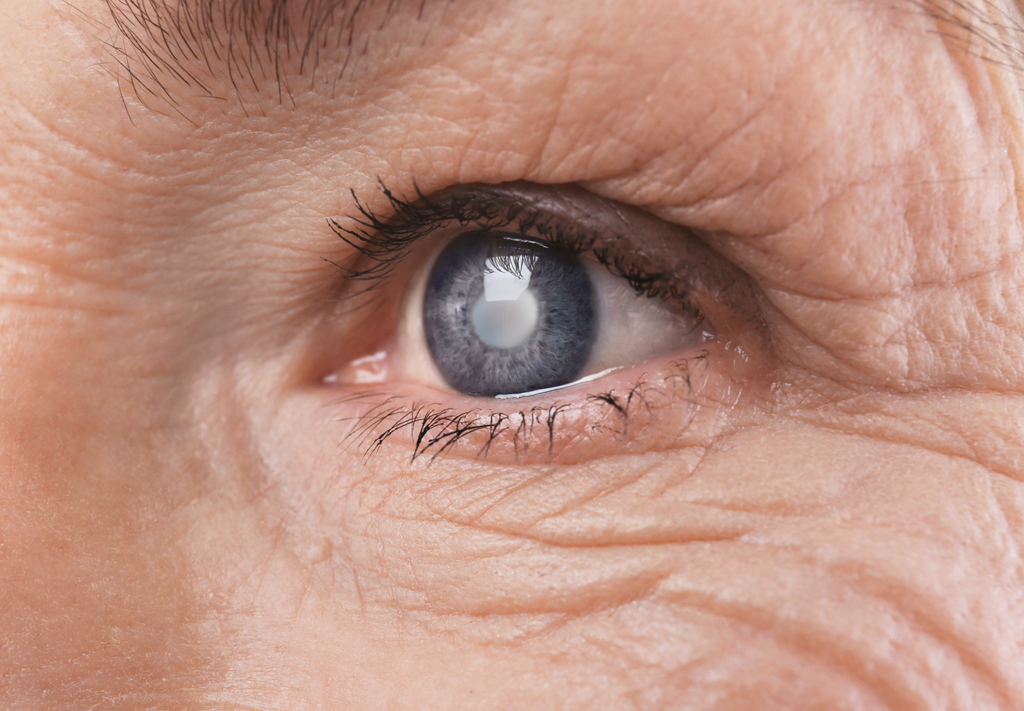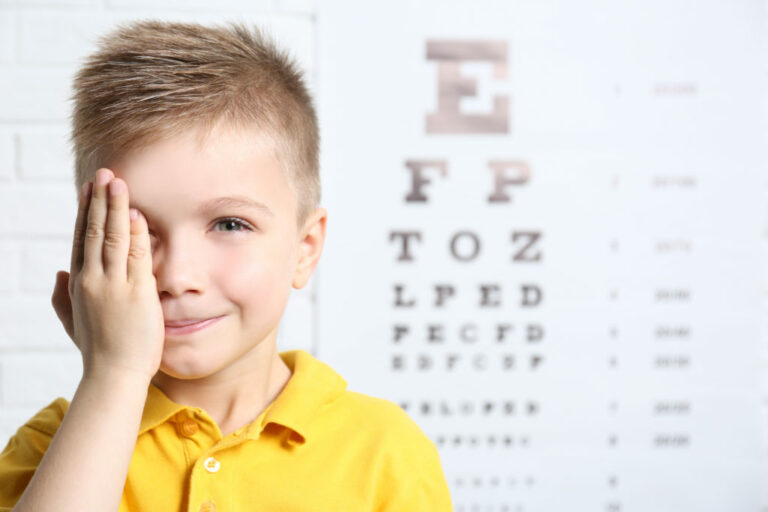Did you know that Glaucoma is the second-leading disease-causing blindness? More than 3 million Americans suffer from this disease; ninety percent of whom are 40 years and older. The side effects not only impact physical activity but emotional and mental stability as well.

VisionFirst wants to inform our patients of common eye diseases to promote better eye care and remind you not to neglect regular eye exams in order to prevent foreseeable diseases and eye damage such as glaucoma.
Glaucoma is a disease that damages the eye’s optic nerve. It usually happens when fluid builds up in the front part of your eye. That extra fluid increases the pressure in your eye, damaging the optic nerve.
Unfortunately, there are a few noticeable symptoms in the beginning stages of the disease. That’s why it’s imperative to have regular eye exams, to detect problems early on.
Types of Glaucoma
There are two main types of Glaucoma: Open-angle and Angle-closure.
The symptoms of Open-Angle Glaucoma include:
- Gradual loss of peripheral vision, usually in both eyes
- Tunnel vision in the advanced stages
- The progression of this type of glaucoma can be slow, but the effects can be devastating on your long-term eyesight.
The symptoms of acute angle-closure glaucoma include:
- Severe eye pain
- Blurred vision
- Sudden onset of visual disturbance, often in low light
- Nausea and vomiting (accompanying the severe eye pain)
- Halos around lights
- Reddening of the eye
Acute angle-closure glaucoma is a medical emergency and must be treated immediately or blindness could result in 24-48 hours. As the more serious condition, this type of glaucoma could potentially cause permanent eye damage if not treated properly and quickly.
Is Glaucoma Treatable?
The treatment for glaucoma depends upon the nature and severity of each case and type. Glaucoma cannot be cured, but the symptoms can be controlled and regulated.
Treatments and medications such as eye drops, pills, laser procedures, and surgical operations are used to prevent or slow further damage. With any type of glaucoma, regular eye examinations are very important to detect progression and to prevent vision loss or blindness.
Glaucoma can worsen without the patient even knowing, so your treatment will likely need to be altered over time to achieve a lower target eye pressure and fit your unique eye needs for your type of glaucoma.
Ultimately, we want everyone to know there’s hope for people with Glaucoma. Awareness and proactive care is key. At VisionFirst, we always recommend visiting our certified, trusted team of doctors for annual eye exams, which can detect early warning signs and symptoms of glaucoma or any other eye diseases. Contact us now to schedule an appointment. Feel free to ask about one of our 5 glaucoma screenings.






